Your Garden Isn’t a Battlefield: A Guide to Working with Helpful Bugs
I’ve spent decades with my hands in the dirt, and in all that time, the most important lesson I’ve learned is this: your garden isn’t a sterile factory. It’s a living, breathing neighborhood. For every pest that wants a free lunch from your tomato plants, there’s a predator that wants to eat that pest for lunch. I’ll never forget what an old-timer gardener told me when I was just starting out, totally frustrated by aphids all over my roses.
In this article
I was reaching for a spray bottle, ready to declare war, but he stopped me. He pointed to a tiny, spiky creature that looked like a miniature alligator, methodically chewing its way through the aphid colony. It was a ladybug larva. He just smiled and said, “You don’t have an aphid problem. You have a ladybug food shortage.”
That one sentence changed everything. I stopped fighting my garden and started working with it. The real goal isn’t to kill every single pest; it’s to build a balanced, stable ecosystem where nature does most of the heavy lifting for you. It’s about creating a place so full of life that no single pest can ever truly take over. This guide is all about inviting that good kind of life in—the predators, the parasitoids, and the pollinators. They’re the unpaid, hardworking staff that will make your garden truly thrive.
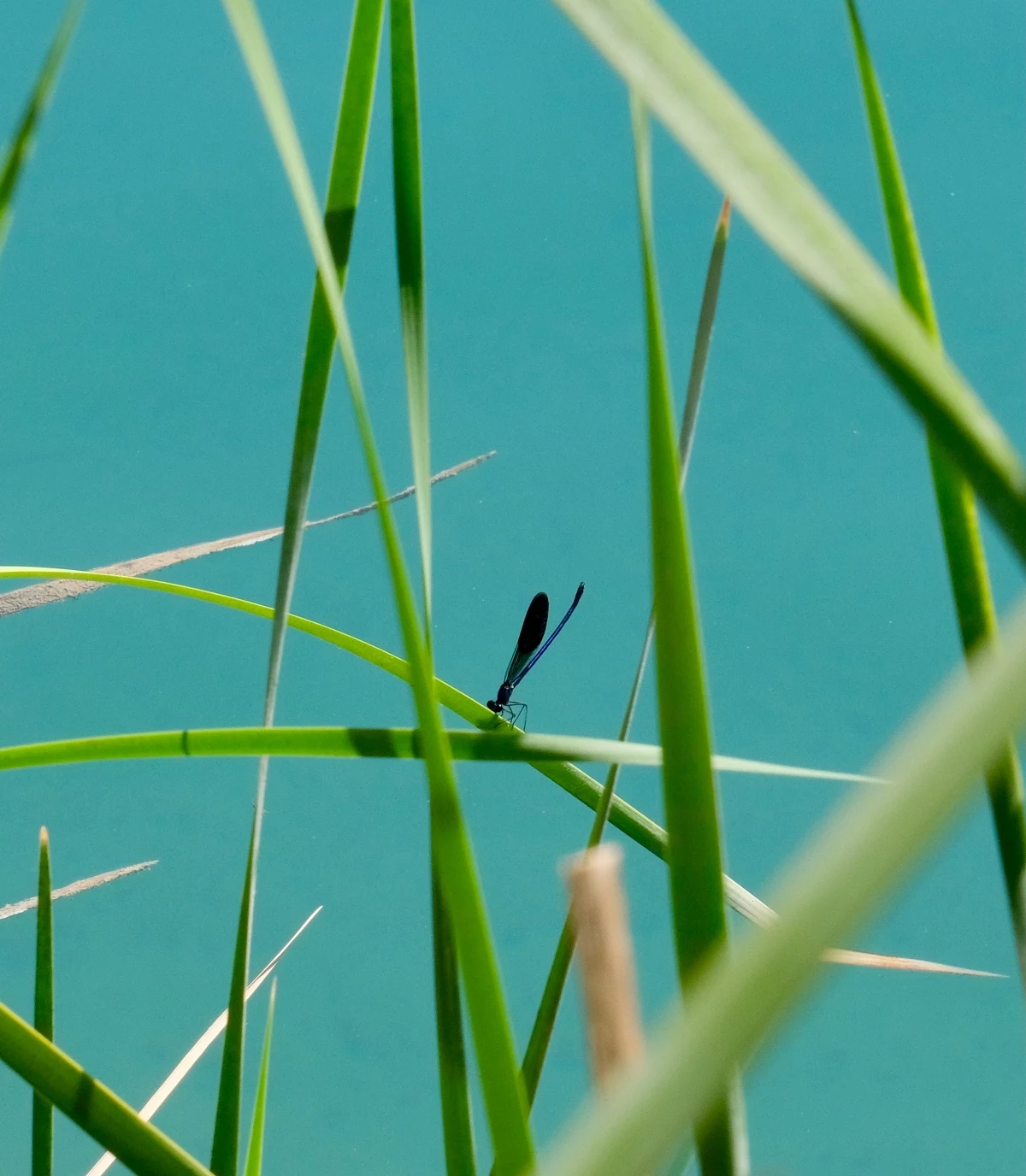
Who Eats Who? A Quick Pest-to-Predator Guide
Okay, let’s get right to it. When you see a pest, your first thought is probably, “What do I do?!” Here’s a quick cheat sheet to help you identify your potential allies. Instead of panicking, you can start looking for the good guys.
- If you have Aphids, Mites, or Thrips: You’re looking for Ladybugs (especially their alligator-like larvae!), Lacewing larvae (called ‘aphid lions’ for a reason), and the tiny maggot-like larvae of Hoverflies.
- If you have Slugs, Snails, or Cutworms: Your best friends are the nocturnal hunters. Look for large, dark, and shiny Ground Beetles scuttling under mulch and rocks. They are your secret weapon against these slimy pests.
- If you have Tomato Hornworms: Don’t just look for a predator—look for signs of one at work. If you see a hornworm with little white ovals on its back that look like grains of rice, you’ve found a victim of the Braconid Wasp. Leave it be!
- If you have Cabbage Loopers or other pest caterpillars: Your allies are often tiny Parasitoid Wasps (don’t worry, they don’t sting people) and spiders. Jumping spiders, in particular, are great at hunting caterpillars on leaves.
- If you have Squash Bugs: This is a tough one, honestly. But spiders, especially wolf spiders that hunt on the ground, can help. Praying mantises will also eat them, but they aren’t picky and will eat good bugs, too.
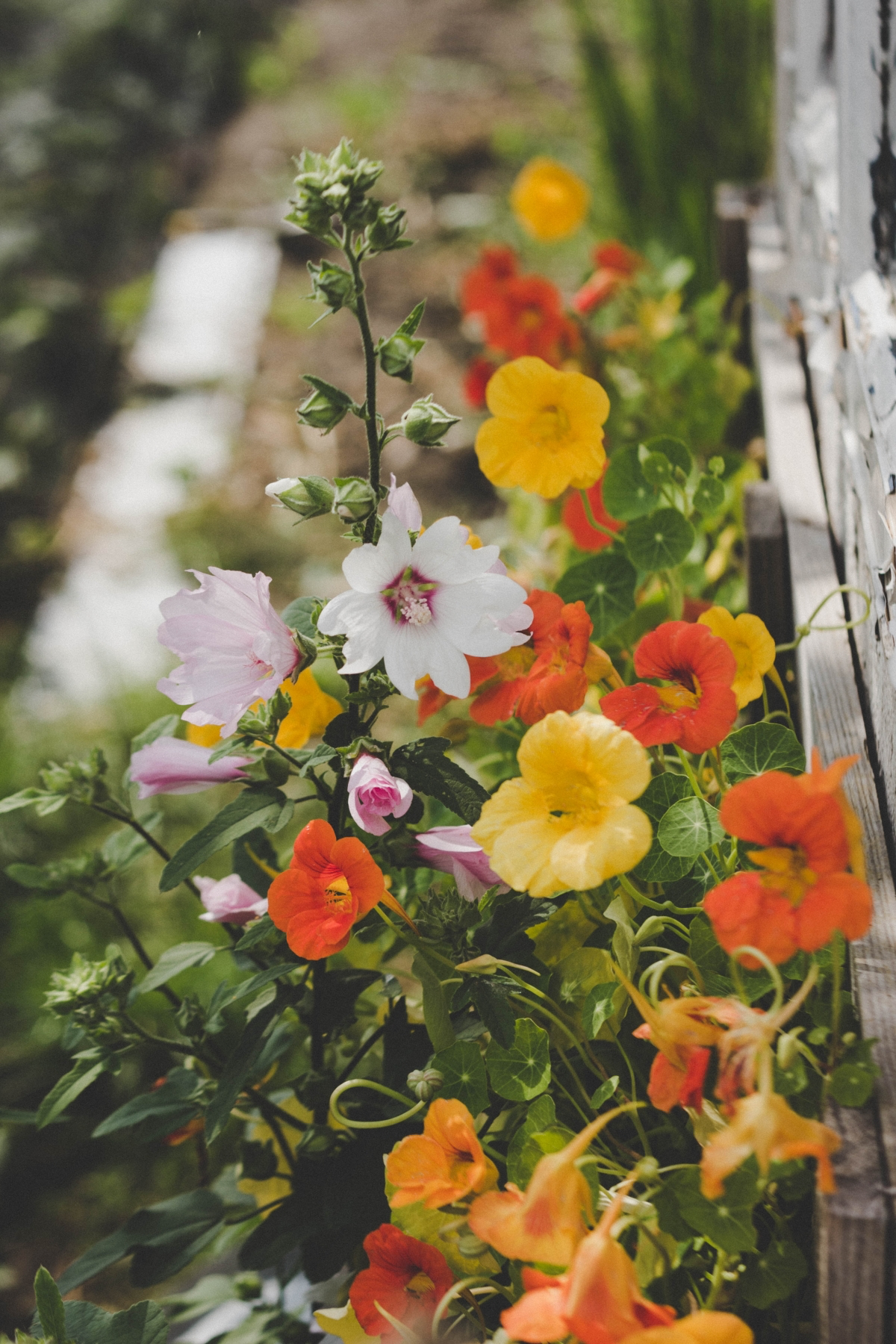
Meet Your Garden’s A-Team: The Predators
Predators are the most obvious members of your garden’s security team. They are active hunters that show up ready to work.
Lady Beetles (aka Ladybugs)
Everyone knows the cute, spotted adult. But the real star of the show is their young. A common mistake is not recognizing the larval stage and accidentally squishing your best workers!
Don’t Squish the ‘Alligators’! A ladybug larva looks nothing like its parents. It’s a spiky, elongated creature, usually black or grey with orange or yellow spots. It seriously looks like a tiny alligator. A single one of these can gobble down 400 aphids before it even thinks about growing up. The adults eat pests too, but they also need pollen to reproduce, which is key.
A quick tip: Don’t waste your money buying those tubs of ladybugs from the garden center. I tried it once. I released them at dusk like the package said, and by morning, they were all gone. It’s much better (and cheaper!) to attract your local, native ladybugs. Plant flowers they love, like dill, cilantro, fennel, and yarrow. If they find food and shelter, they’ll stay and lay eggs for free.
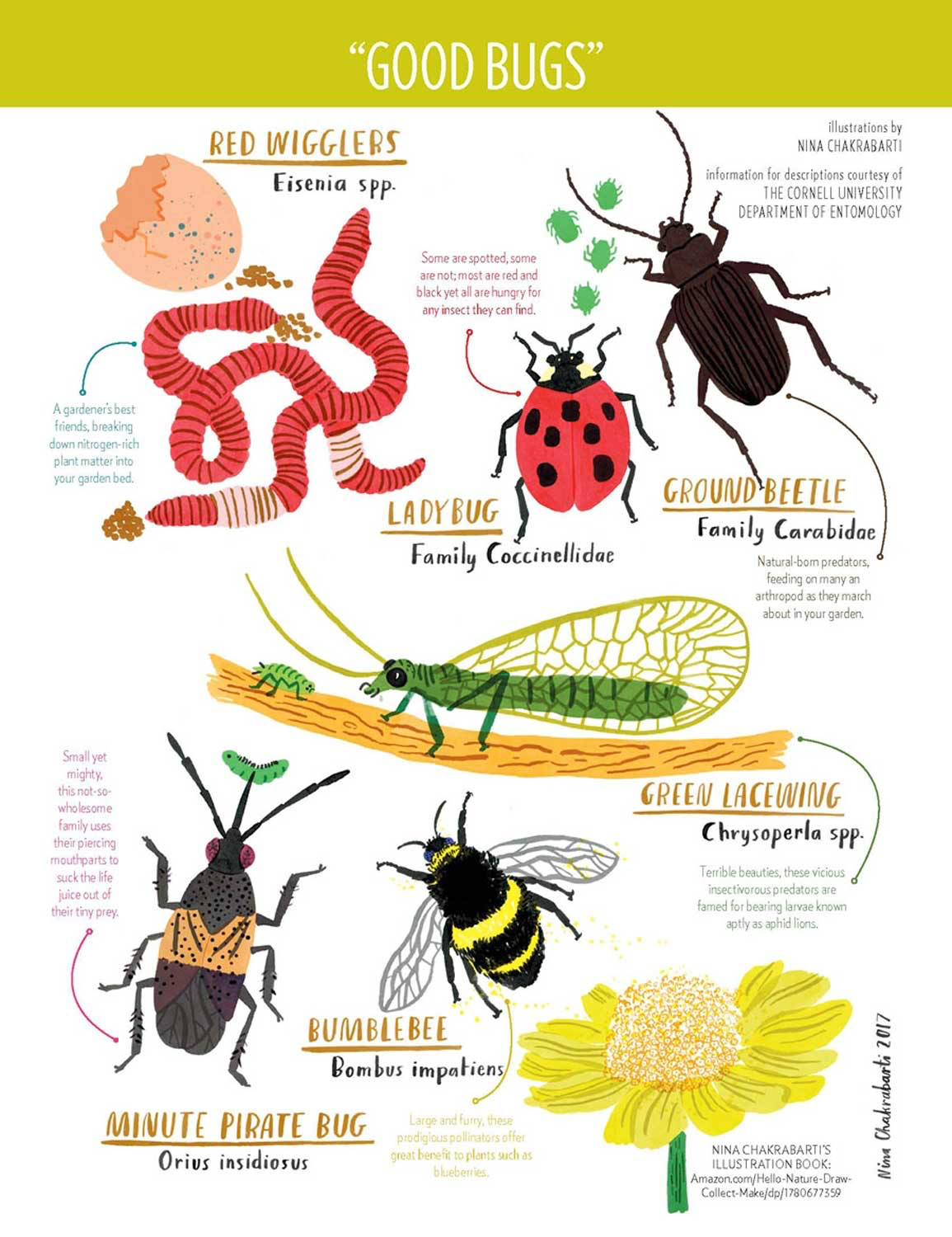
Lacewings
If ladybugs are the tanks, lacewings are the stealthy assassins. The adults are these beautiful, delicate green bugs with lacy wings that feed on nectar. But their babies, known as “aphid lions,” are something else. They’re tiny brown, bristly predators with curved jaws that devour aphids, mites, whiteflies, and pest eggs. One larva can eat over 200 pests a week.
You can spot their eggs easily if you know what to look for. They lay them on these funny-looking thin silk stalks, usually on the undersides of leaves. This keeps them safe from other predators… including their siblings. Attract them with plants like cosmos, coreopsis, and sweet alyssum.
Ground Beetles
These are the unsung heroes of the night shift. They’re usually large, shiny, and black, and they live in your mulch. I rarely see them unless I’m out in the garden after dark with a headlamp. They are voracious predators of slugs, snails, and cutworms. A good population can basically solve your slug problem.
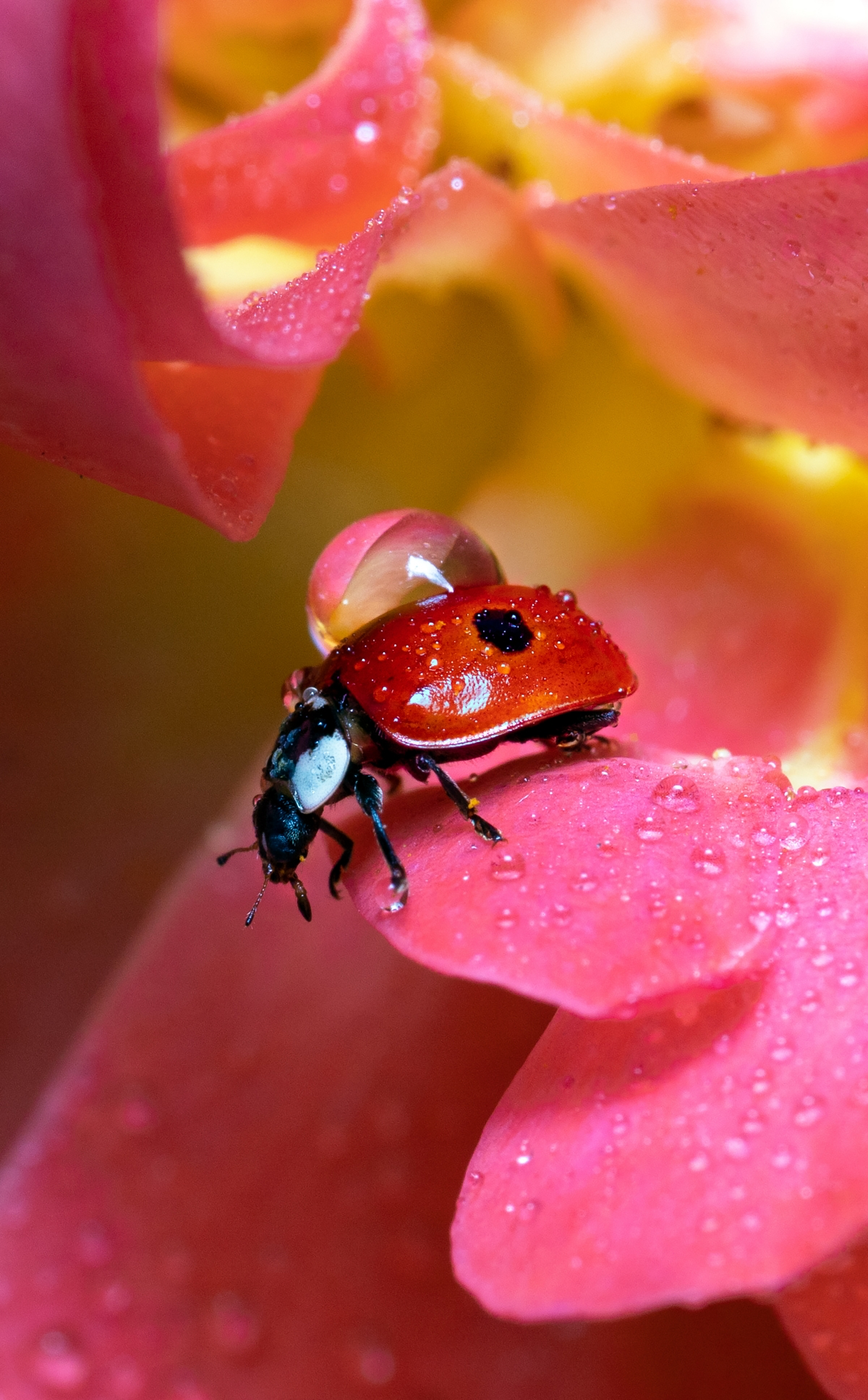
The best thing you can do for them is to stop tilling your garden and keep a permanent layer of mulch (like wood chips or straw). A log pile or a few flat rocks in a corner also provides the perfect cool, dark shelter they need to thrive.
Spiders
Okay, I know some people are squeamish about spiders, but they are probably the single most important group of predators in your garden. Orb-weavers spin those classic webs that catch flying pests. Jumping spiders actively hunt on leaves. Wolf spiders patrol the ground at night. Together, they create a defense network that covers every part of your garden. The vast majority are harmless to people. Just be sure to wear gloves when reaching into dense foliage—it’s just good practice anyway.
The Secret Agents: The Parasitoids
This group is less famous but incredibly cool. A parasitoid is an insect that lays its eggs inside a pest. The larva hatches and eats the host from the inside out. It’s like something from a sci-fi movie, and it’s happening in your backyard.
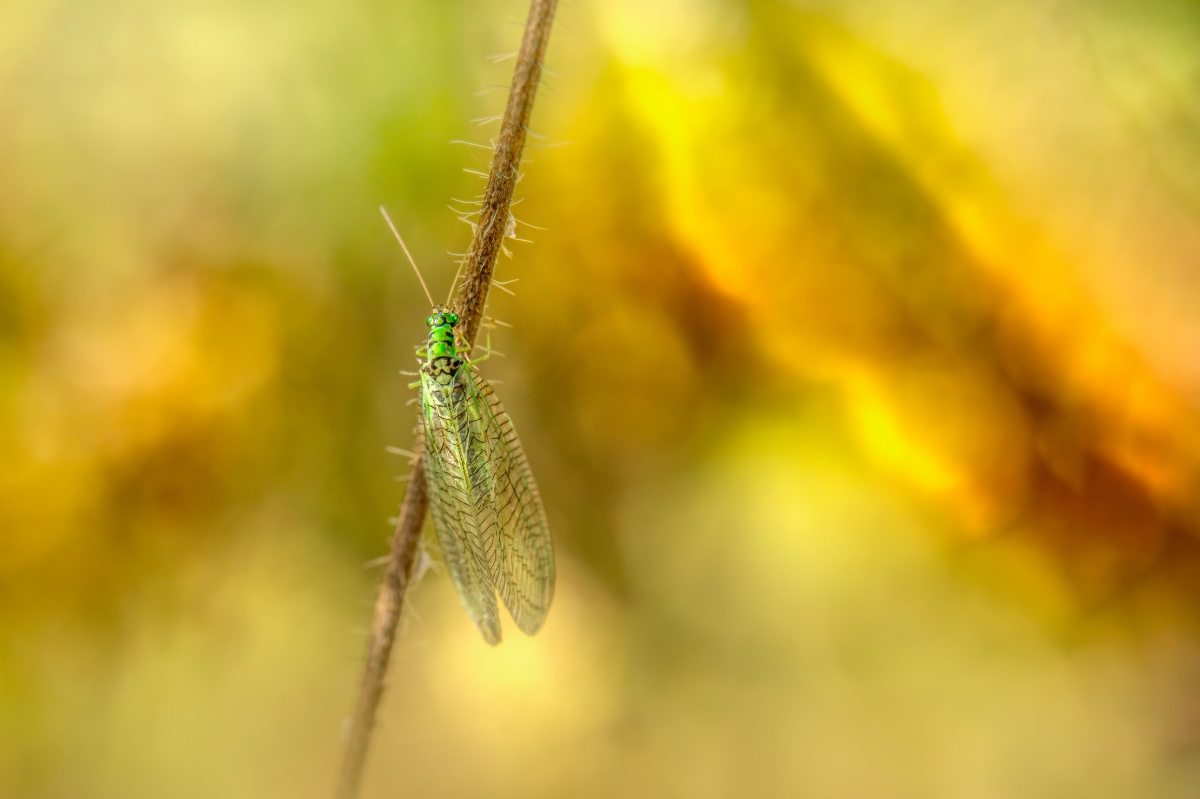
Tiny Wasps (The Good Kind!)
When I say wasp, please don’t think of a yellow jacket. These guys are totally different. Most are smaller than a grain of rice and have zero interest in stinging you. You’ll probably never even see them, but you will see their handiwork.
Heads up! If you spot a big green tomato hornworm covered in what looks like white grains of rice, DO NOT PULL IT OFF OR SQUISH IT. Those are the cocoons of the Braconid wasp. The worm has already stopped eating and is basically a zombie. If you leave it, a whole new generation of pest-killing wasps will hatch right where you need them most.
The Essential Crew: Pollinators and Soil Builders
Pest control is great, but without pollination and healthy soil, you won’t have much of a harvest. Luckily, a garden that’s friendly to predators is also friendly to these essential workers.
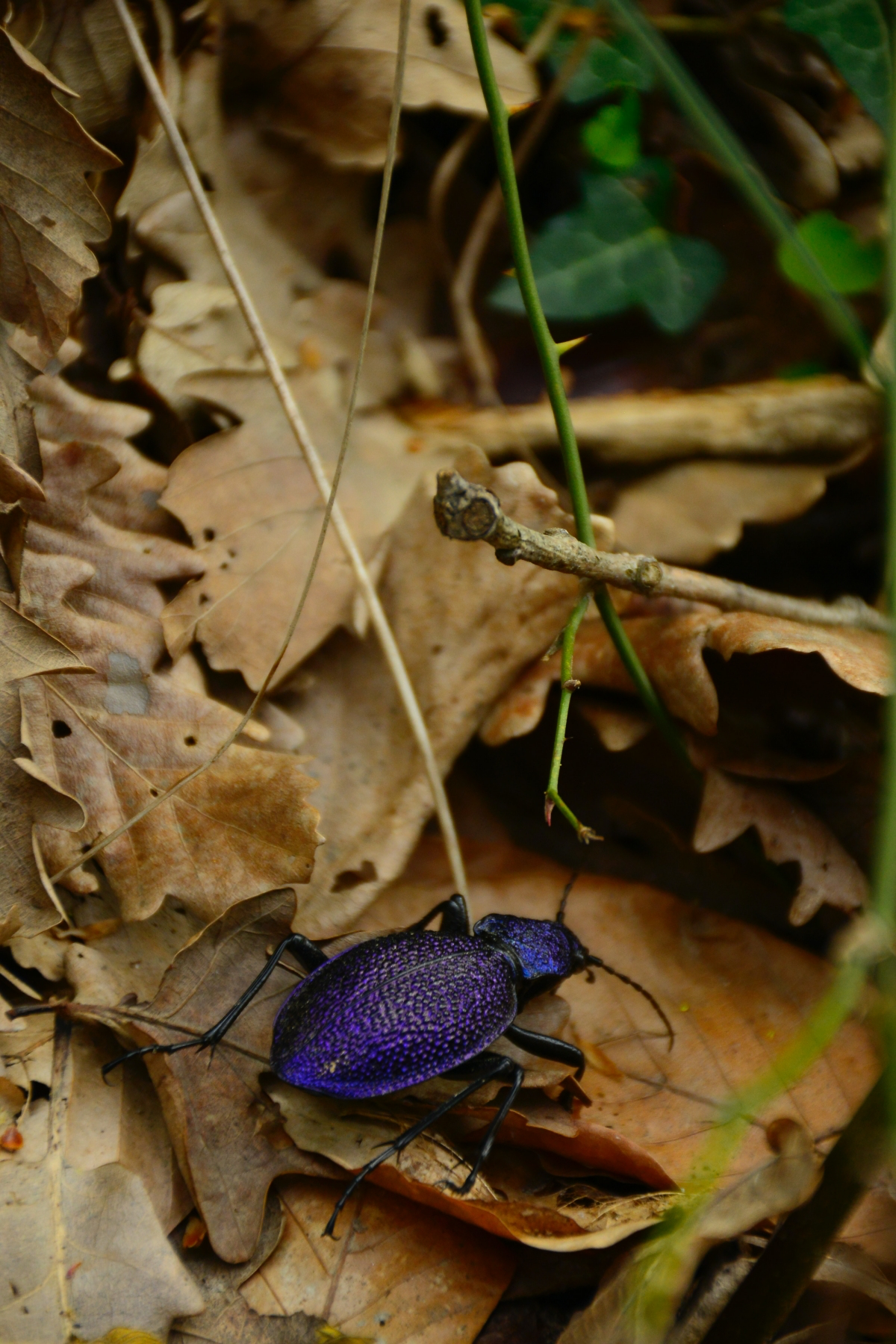
Native bees, like bumblebees and mason bees, are often better pollinators for your garden than honey bees. Many of them are solitary and gentle. To help them, just leave a small, sunny patch of bare dirt for ground-nesters, and leave the hollow stems of last year’s perennials (like bee balm or sunflowers) standing over the winter for tunnel-nesters.
And don’t forget the earthworms! Their tunnels aerate the soil and their castings are pure gold for your plants. The best way to get more earthworms? Feed them. A thick layer of compost or shredded leaf mulch is an all-you-can-eat buffet.
Don’t Have a Big Yard? No Problem!
Think you can’t do this on a balcony or patio? Think again! You can absolutely create a mini-ecosystem in containers. Plant a pot with a mix of flowers like sweet alyssum (a powerhouse attractor), cilantro, and maybe a cosmos. This one pot acts as your “insectary,” a beacon for beneficials.
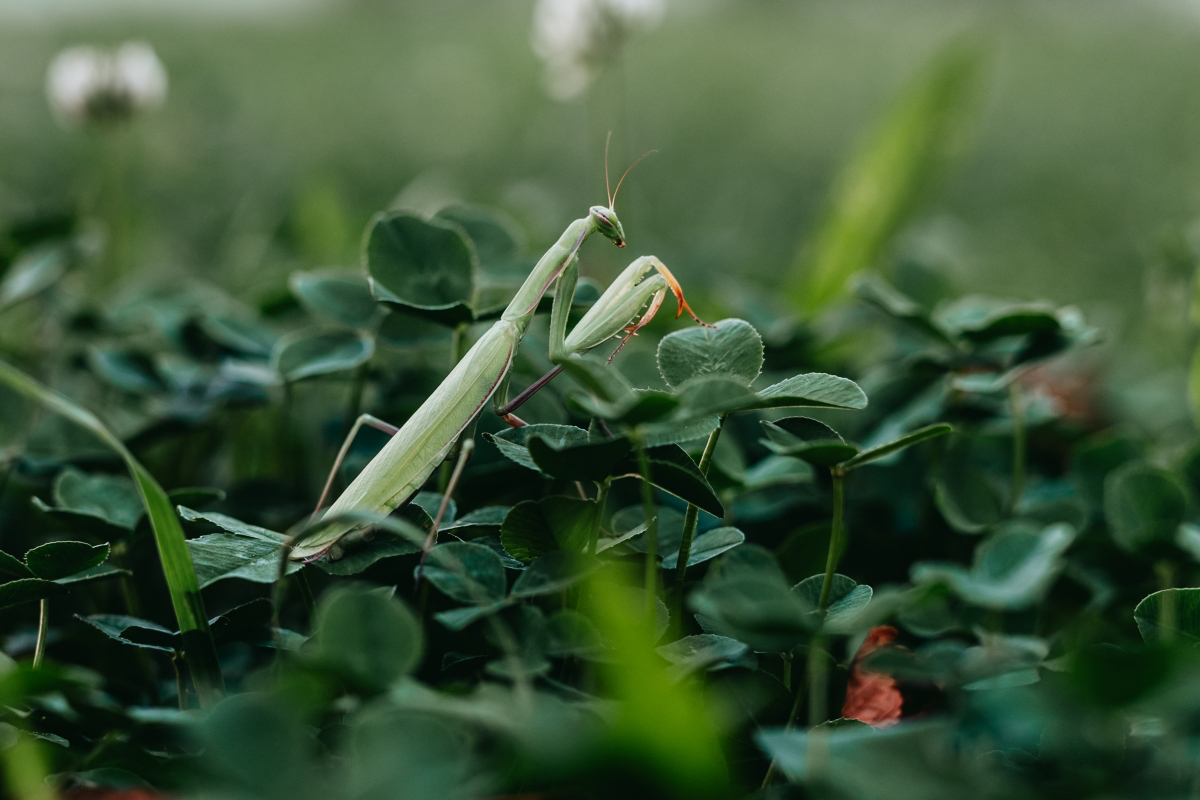
Even a single container of flowering herbs can draw in hoverflies and tiny wasps that will then patrol your nearby vegetable pots. Plus, a shallow dish of water with some pebbles or marbles in it works just as well on a fourth-floor balcony as it does in a sprawling backyard.
Your Action Plan: How to Roll Out the Welcome Mat
Ready to build your beneficial army? It’s easier than you think.
Your 2-Minute Quick Win: Go outside right now with a shallow dish or saucer. Put a few pebbles or marbles in it and fill it with water. Place it near your plants. You’ve just opened a bug-safe watering hole. Done!
1. Stop Using Broad-Spectrum Sprays. This is rule number one. You can’t invite guests over and then poison them. If you absolutely must deal with a pest outbreak, use the gentlest option. A strong jet of water from the hose works wonders. If you need more, use a targeted insecticidal soap. By the way, you can make this yourself for pennies: just mix one teaspoon of a simple dish soap (no bleach or degreasers) into a quart of water in a spray bottle. Always spray late in the day when the good bugs are less active.
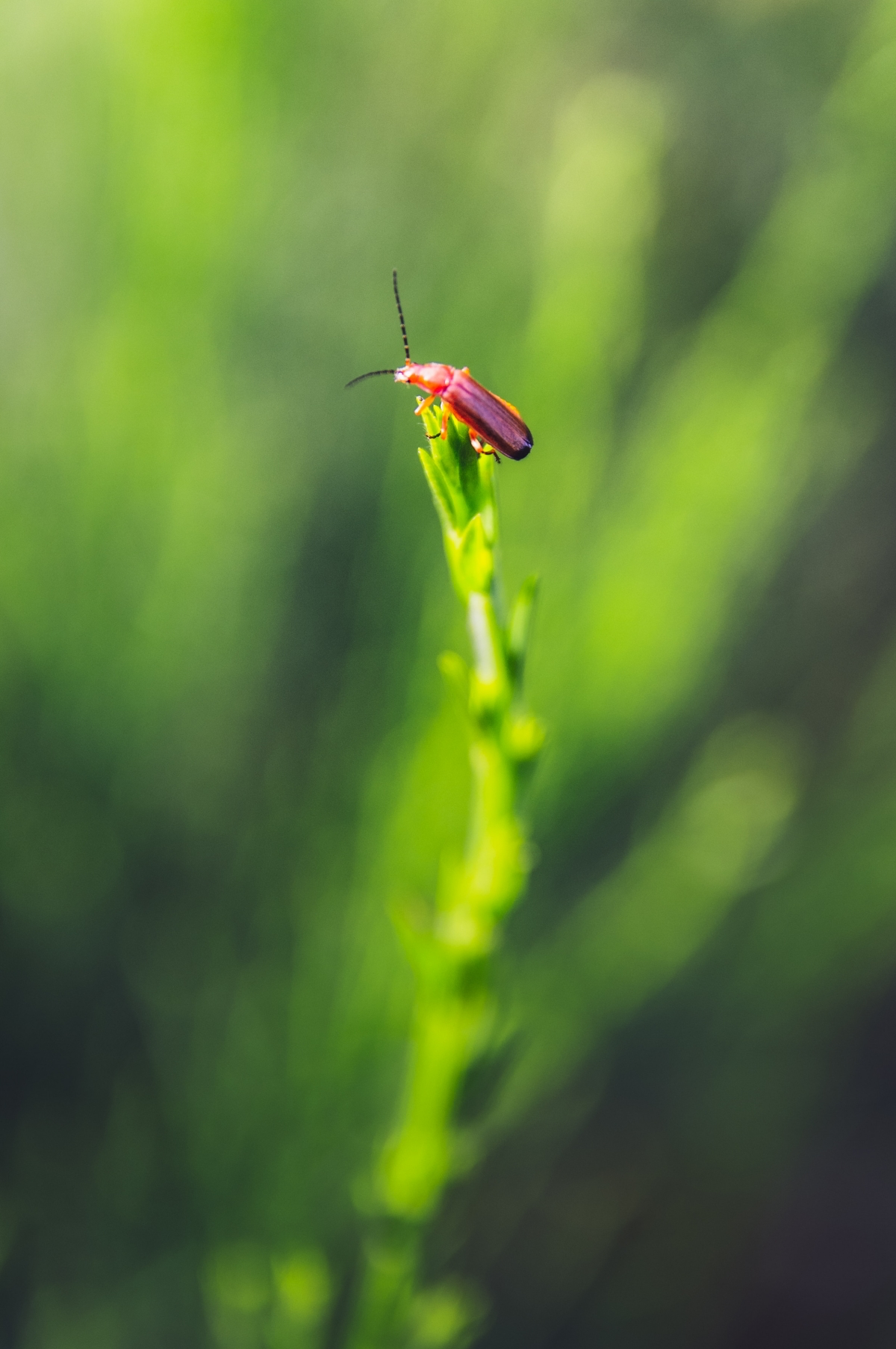
2. Plant an Insectary. This is just a fancy word for a patch of flowers and herbs for your bug friends. You don’t need much. As a rule of thumb, aim for at least one flowering insectary plant for every 10-15 square feet of garden. A few seed packets will only set you back $10-$15 at a place like Home Depot or online—a tiny investment for season-long, free pest control. Plant things from the carrot family (dill, fennel, cilantro) and the daisy family (cosmos, asters, sunflowers). Oh, and sweet alyssum is a must-have; it’s cheap, easy to grow, and blooms all season.
3. Offer Shelter. A perfectly tidy garden is a desert for beneficials. Leave some leaf litter under shrubs. Let perennial stems stand through the winter. A small pile of rocks or a log in a corner becomes a five-star hotel for ground beetles and spiders.
4. Be Patient. This is the hardest part. Building an ecosystem doesn’t happen overnight. It can take a season or two. You will still have some pests. But over time, you’ll see the balance shift. The pest outbreaks will get smaller and shorter. You’ll spend less time stressing and more time enjoying the hum of life in your garden.
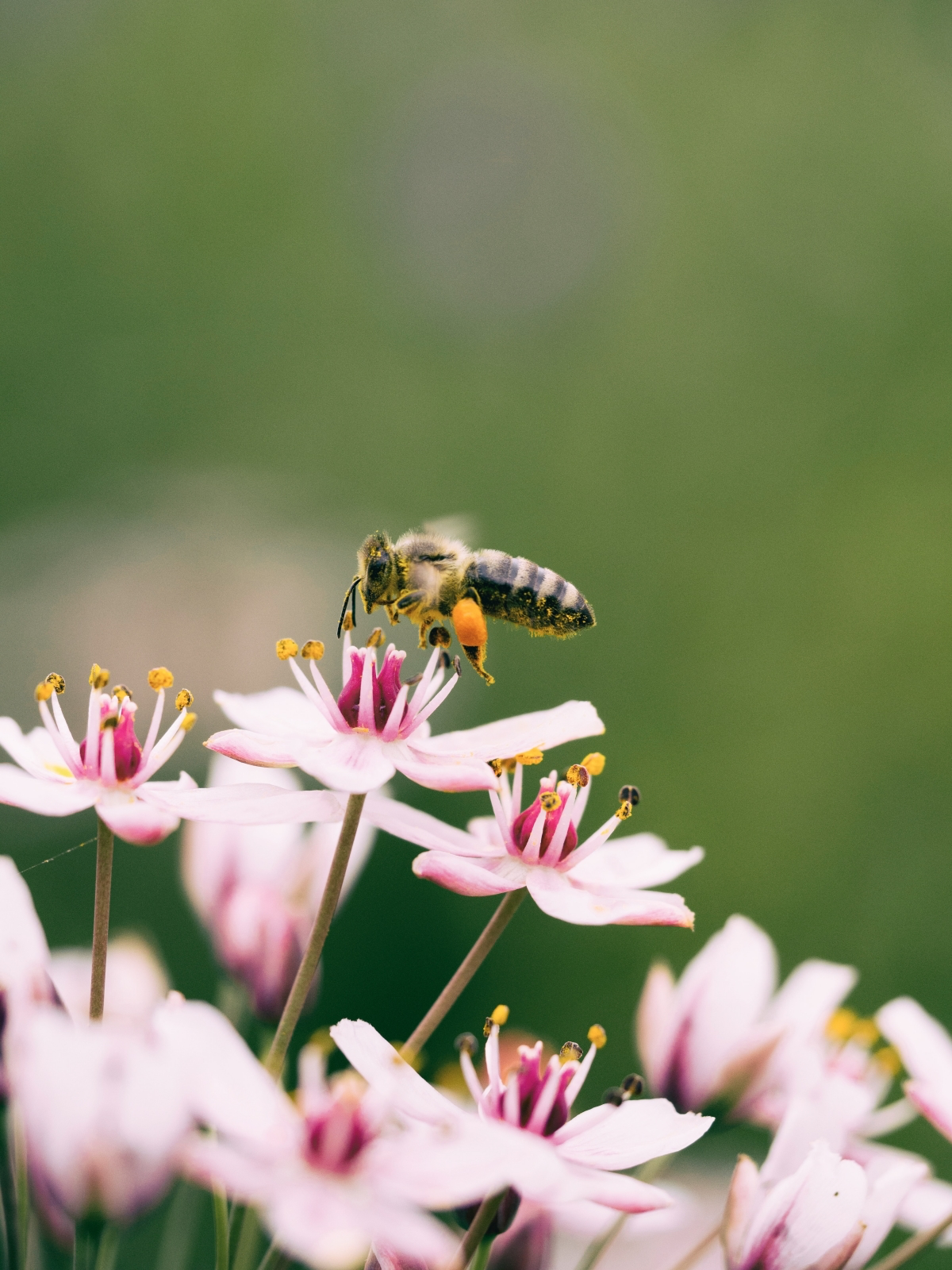
Need More Help?
Sometimes you find a bug and have no idea if it’s a friend or foe. For bug identification, a great online resource to search for is “BugGuide dot net.” If you need advice specific to your local area, your best bet is always to look up your county’s “agricultural extension service.” They have incredible, science-backed resources that are tailored to your exact region.
Gardening this way is so much more rewarding. You’re not a fighter; you’re a conductor, orchestrating a symphony of life. And the result is a garden that’s not just productive, but resilient and truly, wonderfully alive.
Inspiration:
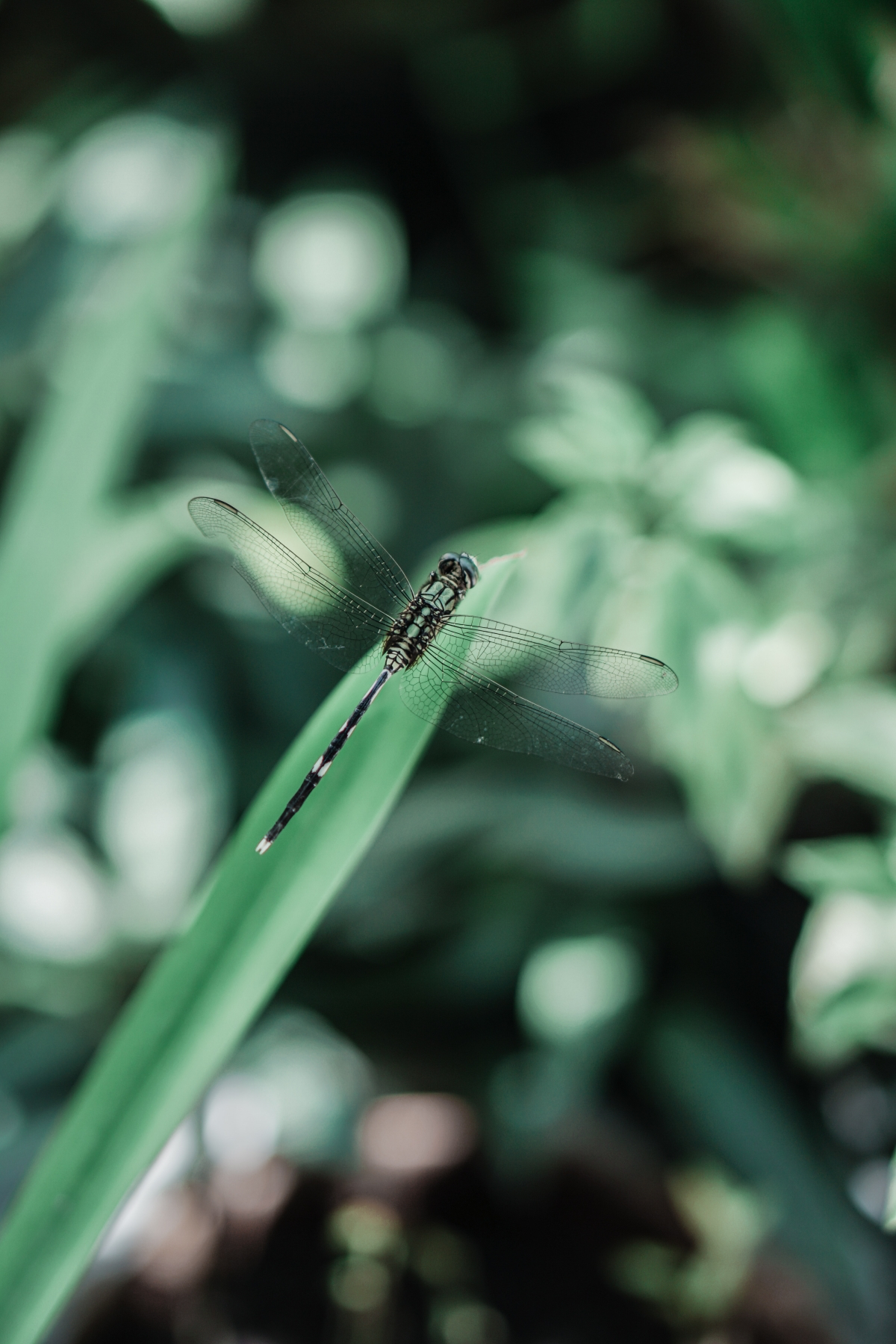
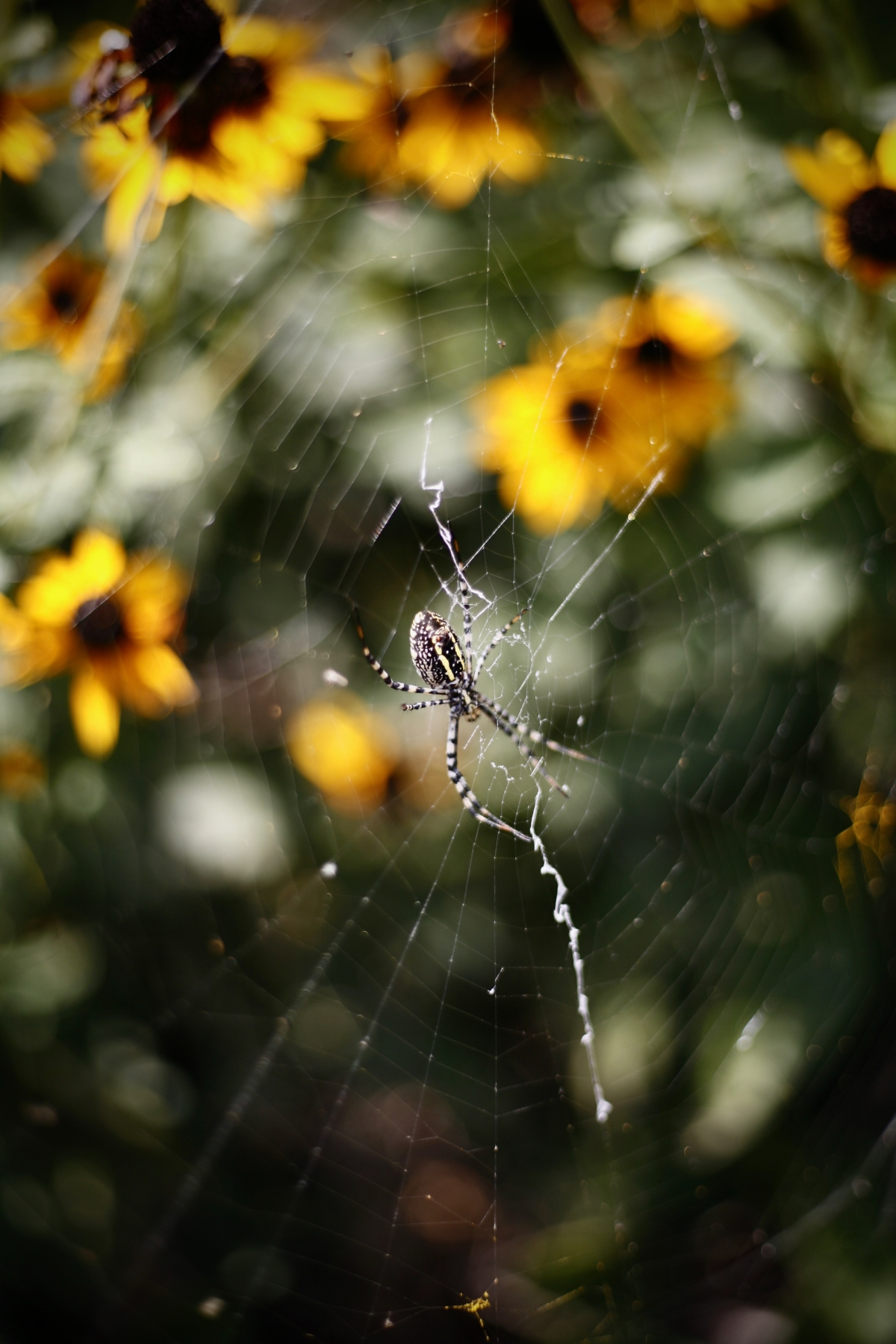
The biggest mistake: An overly tidy garden in the fall. That pile of leaves isn’t debris; it’s the five-star overwintering hotel for queen bumblebees, ground beetles, and ladybugs. Those hollow flower stems you’re eager to chop down are crucial nesting sites. Leaving a small, ‘wild’ corner provides the essential shelter your beneficials need to survive the cold and be ready for duty in the spring.
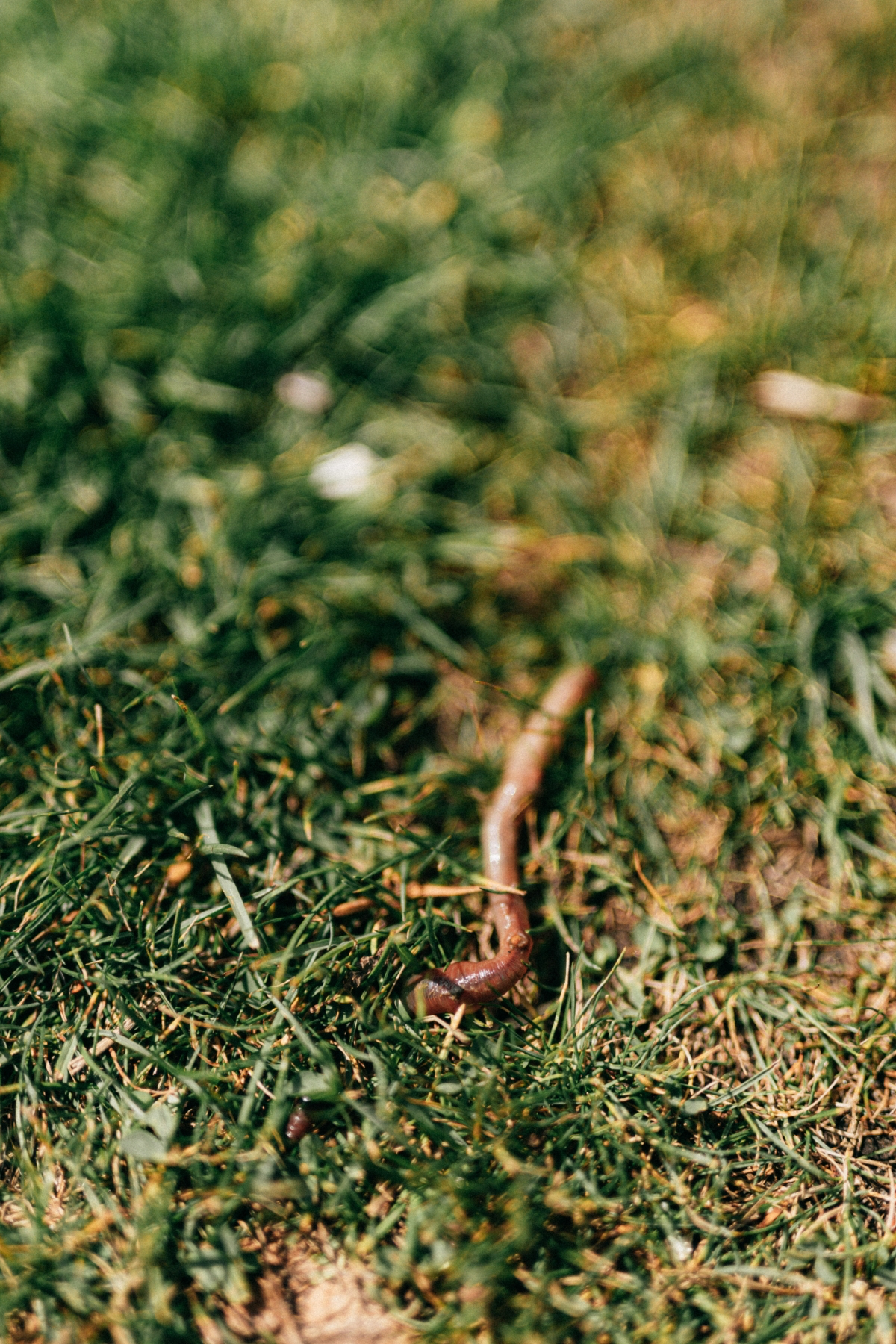
A single hoverfly larva can consume up to 400 aphids before it pupates.
Often mistaken for small, non-stinging bees, adult hoverflies are powerful pollinators that feed on nectar. By planting their favorite foods—like the tiny flowers of cilantro, dill, or sweet alyssum—you are essentially rolling out the red carpet for their ravenous offspring, the true guardians of your aphid-prone plants.

Your flower choices are a direct invitation to your garden’s security team. The best options often have clusters of small, shallow flowers, making nectar and pollen easy for tiny insects to access.
- The Umbellifer Family: Plants like dill, fennel, and parsley are magnets for tiny, highly effective parasitic wasps and hoverflies.
- The Aster Family: Cosmos, yarrow, and coreopsis provide a perfect landing pad and fuel for ladybugs, lacewings, and minute pirate bugs.
- Sweet Alyssum: This low-growing annual is a powerhouse, offering a season-long buffet for a huge variety of allies.
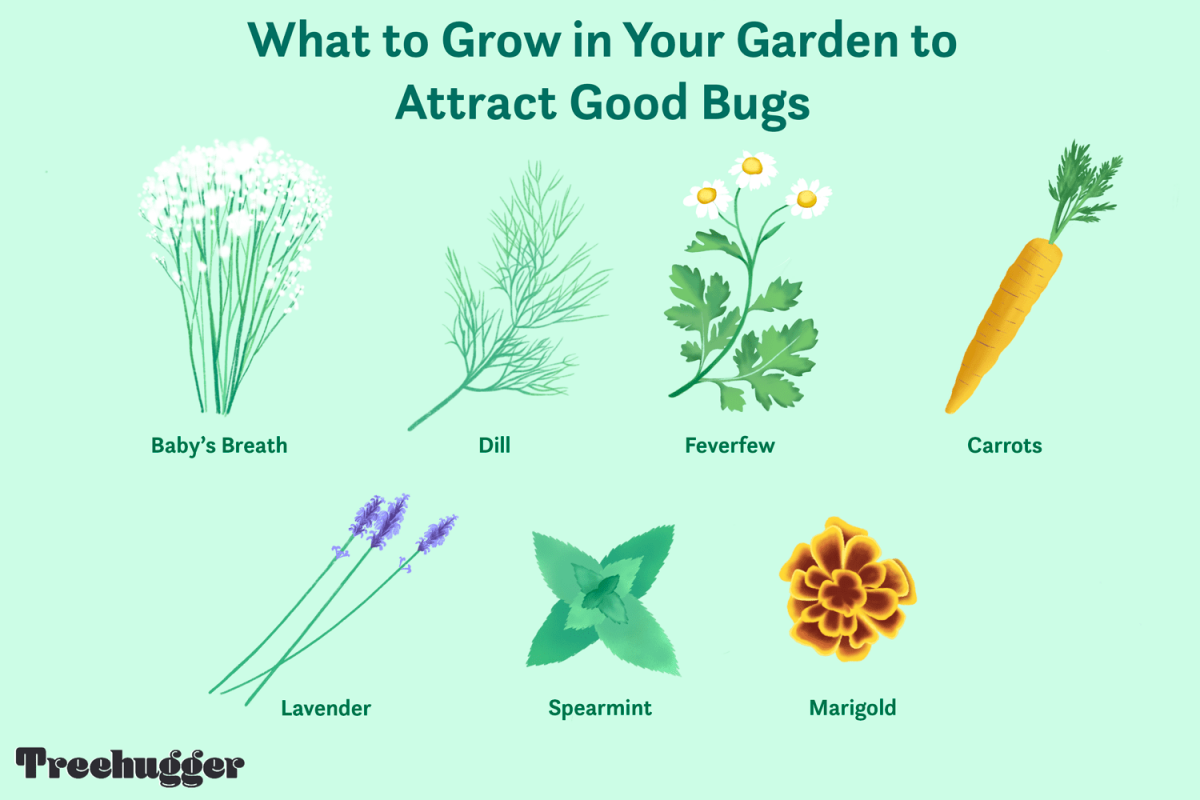
Do my garden’s good bugs need water?
Absolutely! But a deep birdbath can be a drowning hazard. Create a safe bug watering station by filling a shallow plant saucer with pebbles or marbles and then adding water. The pebbles give bees, ladybugs, and other helpers a safe place to land and sip without falling in. Place it near your most vulnerable plants to keep your allies hydrated and on patrol.
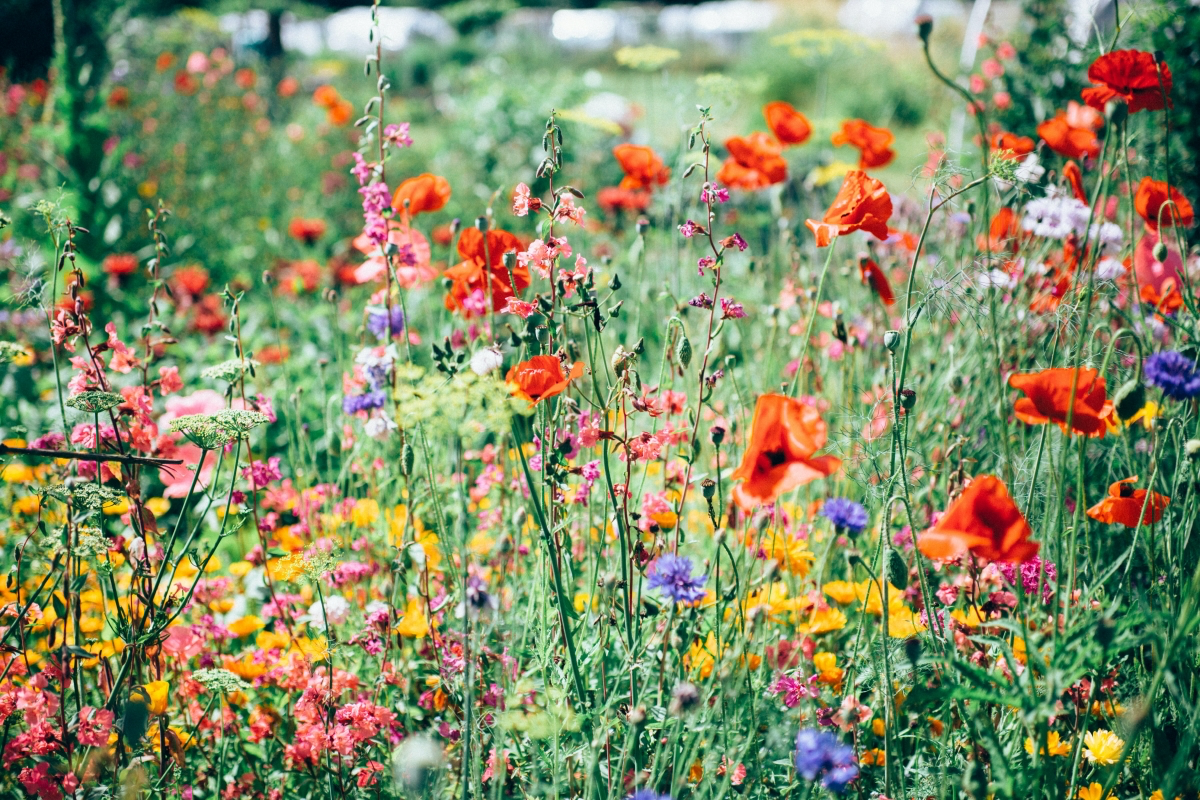
Cover Crop A: Crimson Clover. A legume that fixes nitrogen in the soil, improving fertility for next year’s crops. Its vibrant red flowers are a major draw for bumblebees and other large pollinators.
Cover Crop B: Buckwheat. A fast-growing, non-legume that’s excellent at suppressing weeds. Its delicate white flowers are a magnet for smaller beneficials like hoverflies and minute pirate bugs.
For a powerful combo, sow them together. The buckwheat provides a quick canopy while the clover establishes itself underneath for long-term soil and insect support.
Ready to build a five-star resort for your garden’s heroes? A ‘bug hotel’ is simpler than it sounds. Find an untreated wooden box or a large terracotta pot turned on its side. Pack it tightly with a mix of natural materials: hollow bamboo canes for solitary bees, pinecones for lacewings, and dried twigs for ladybugs. Place it in a sheltered, sunny spot and watch your new residents check in.










